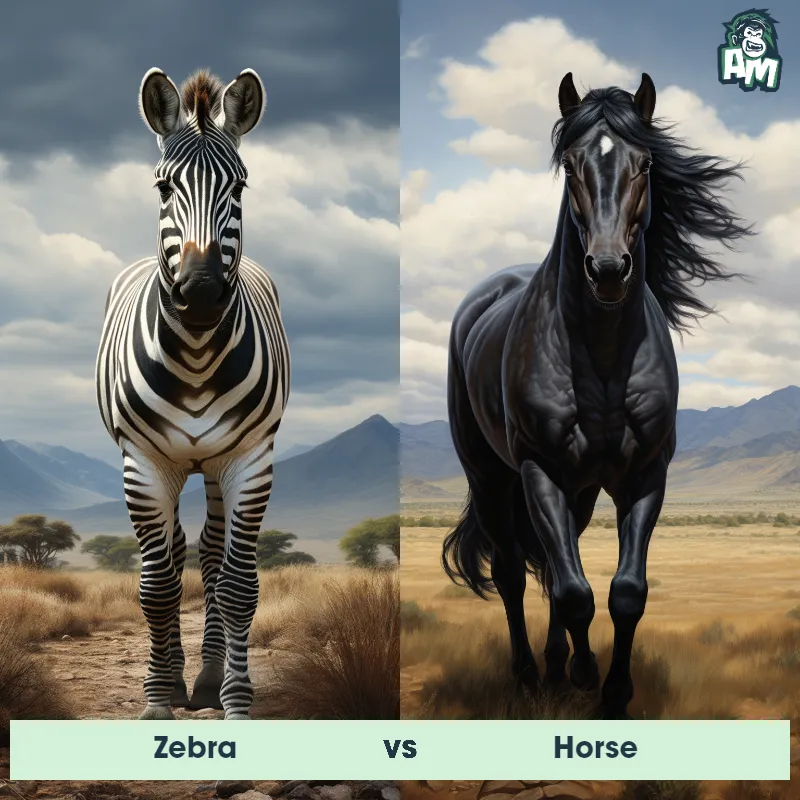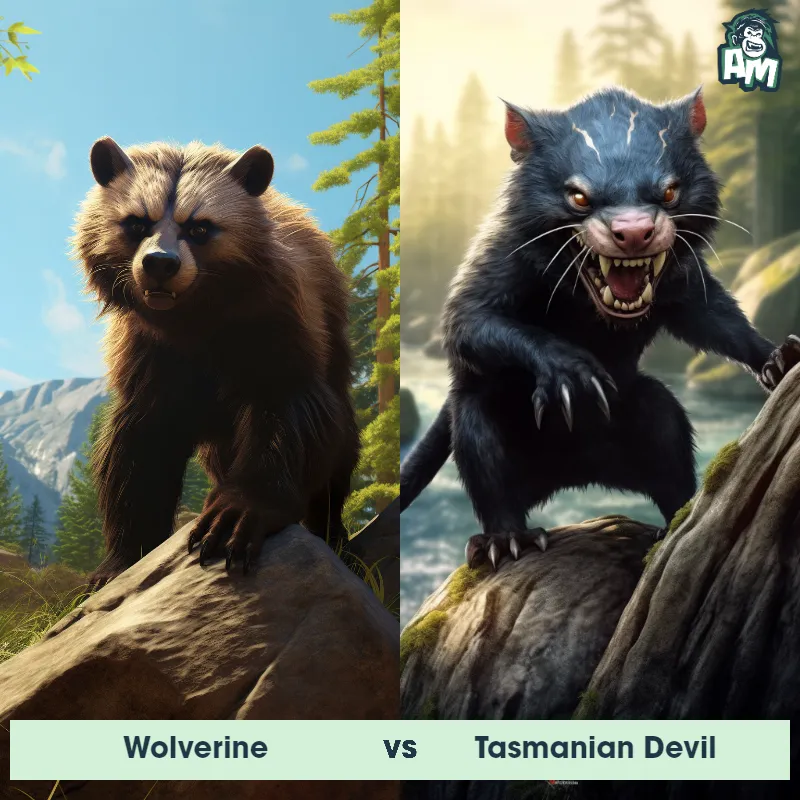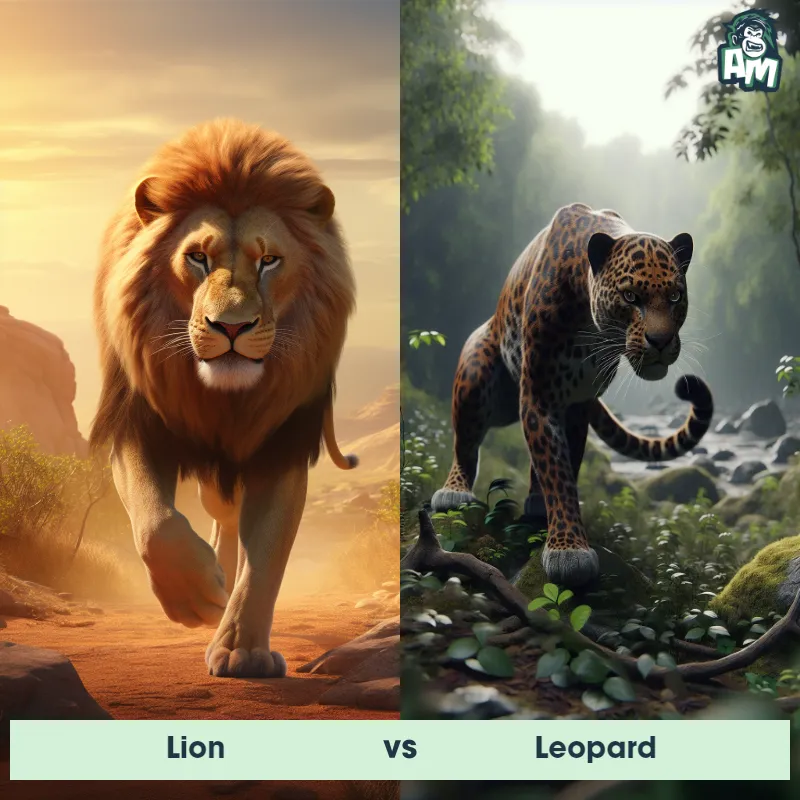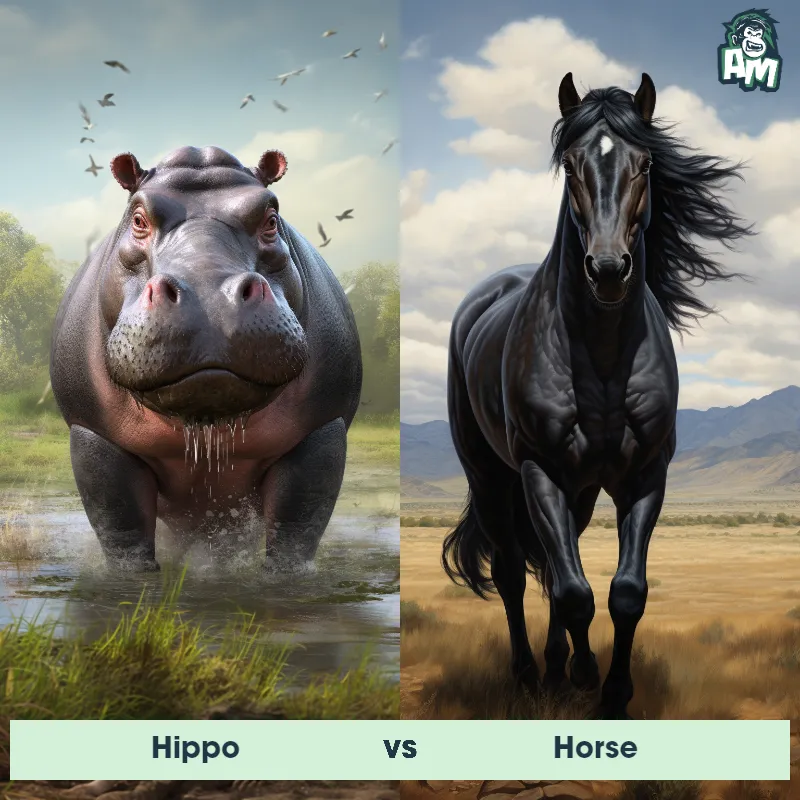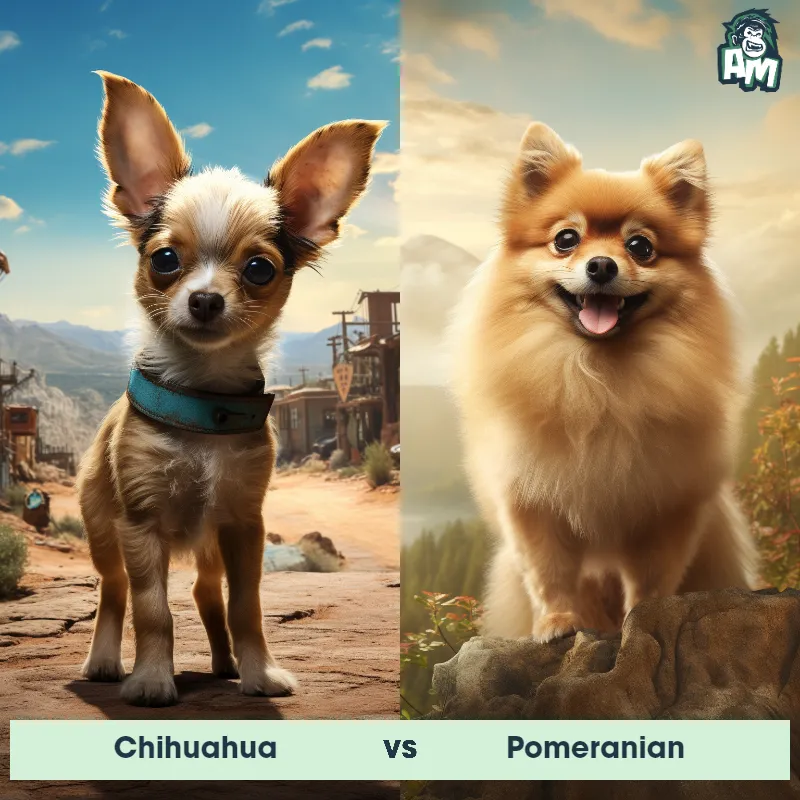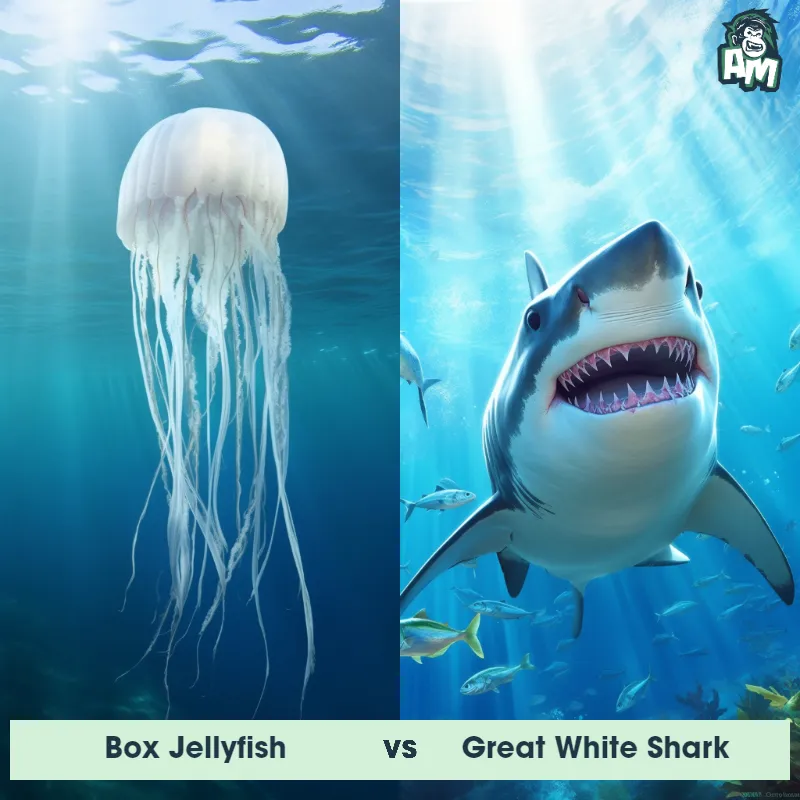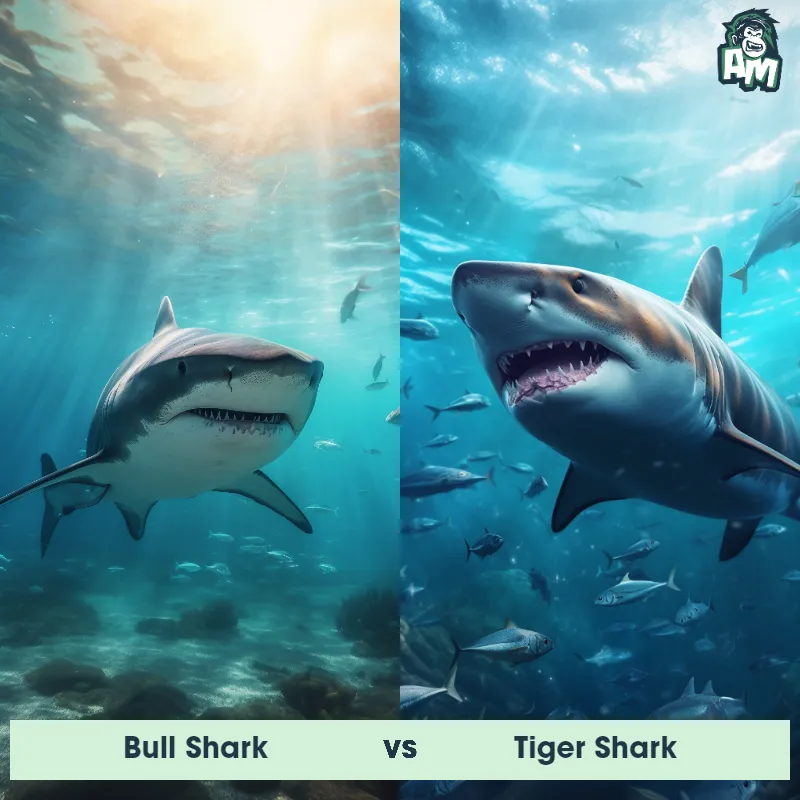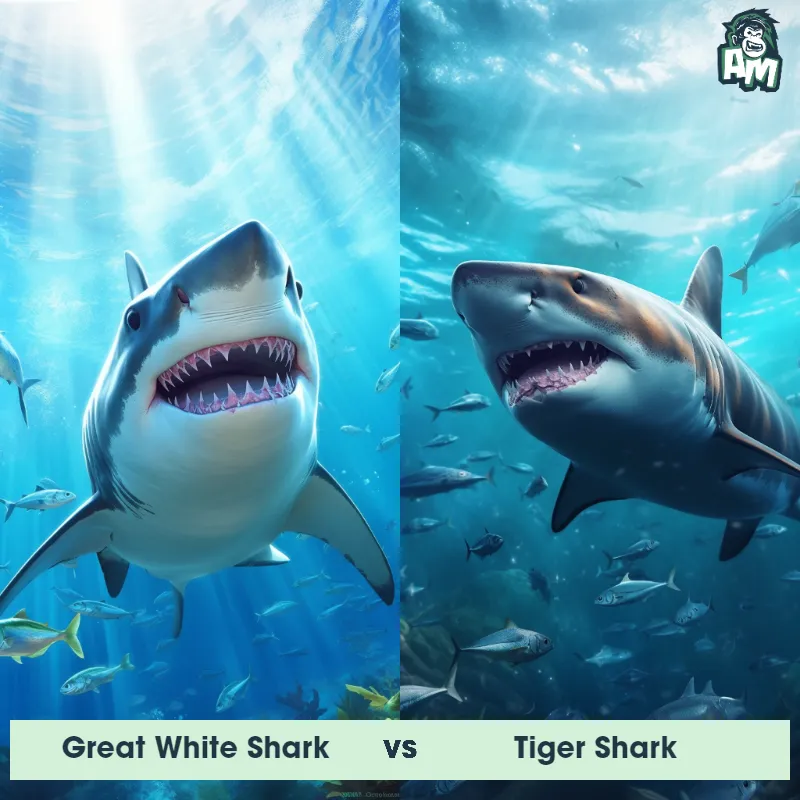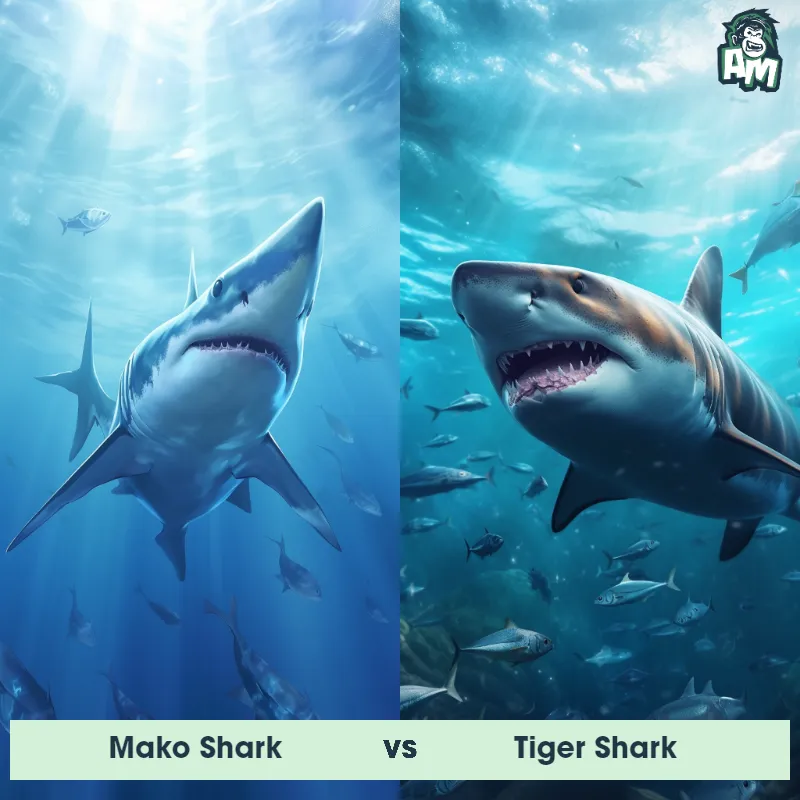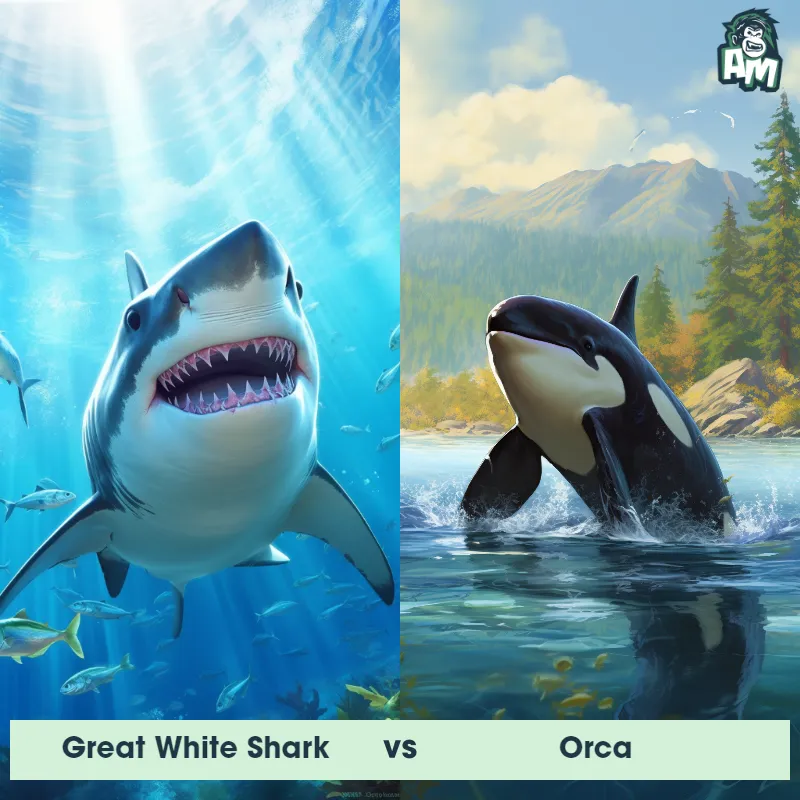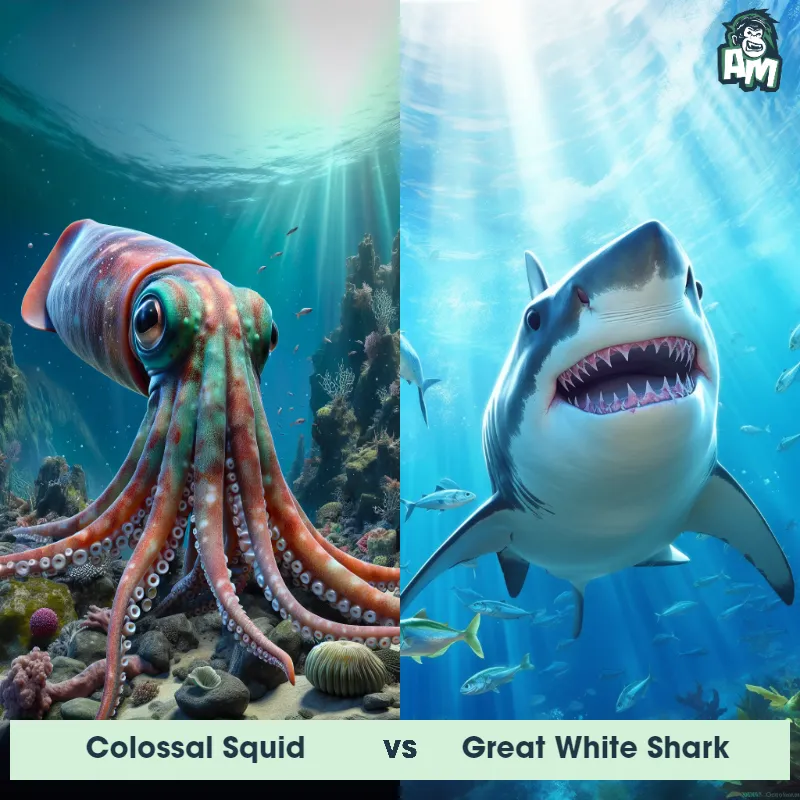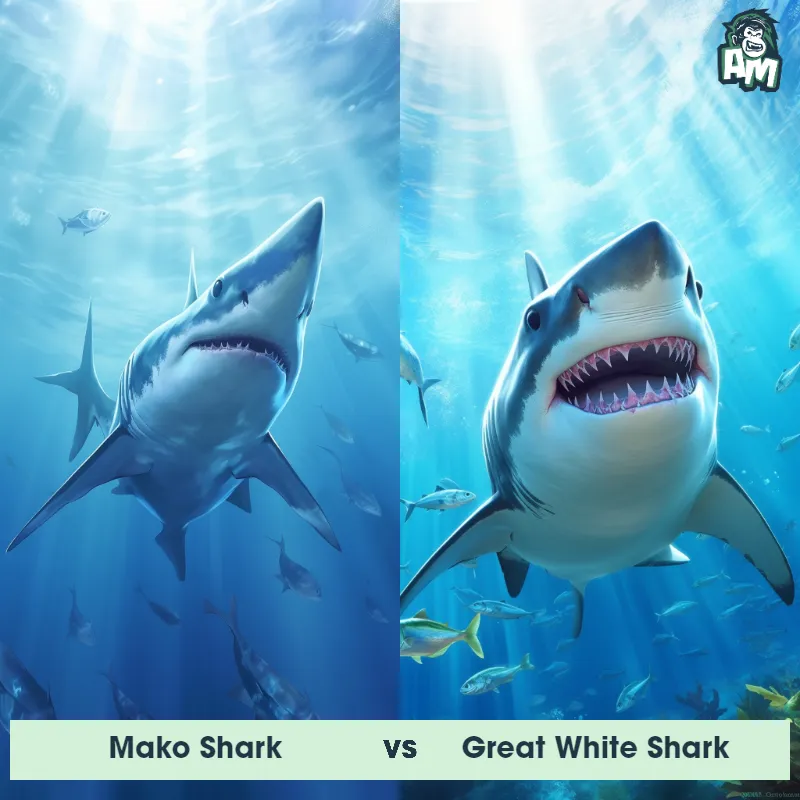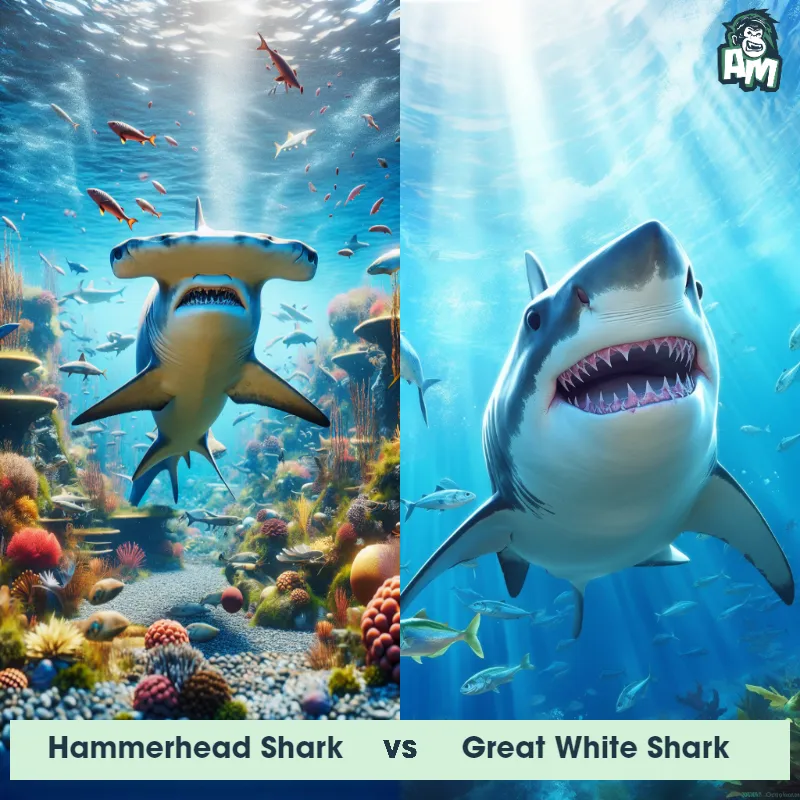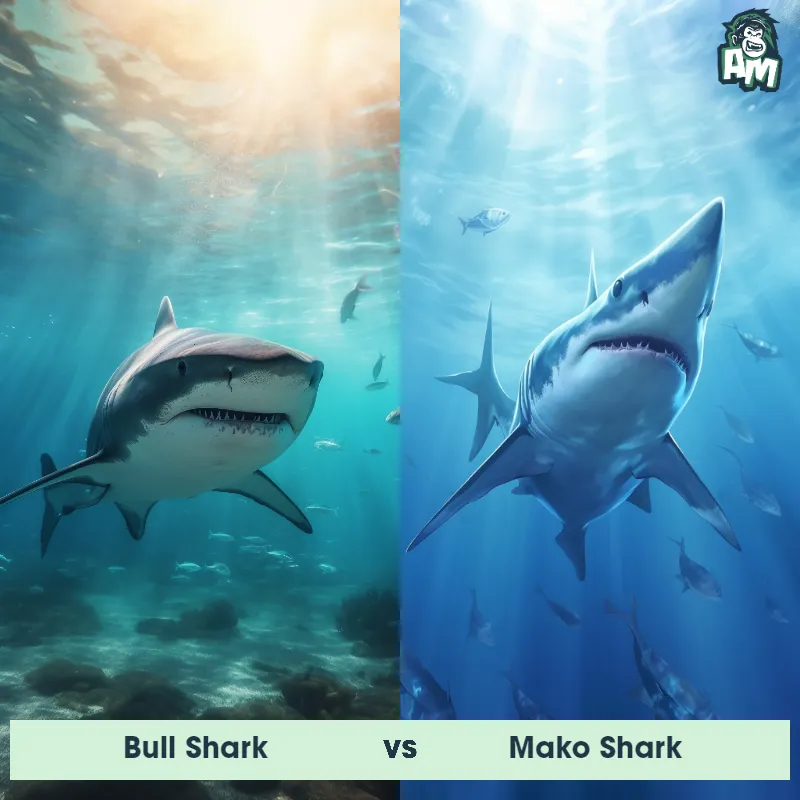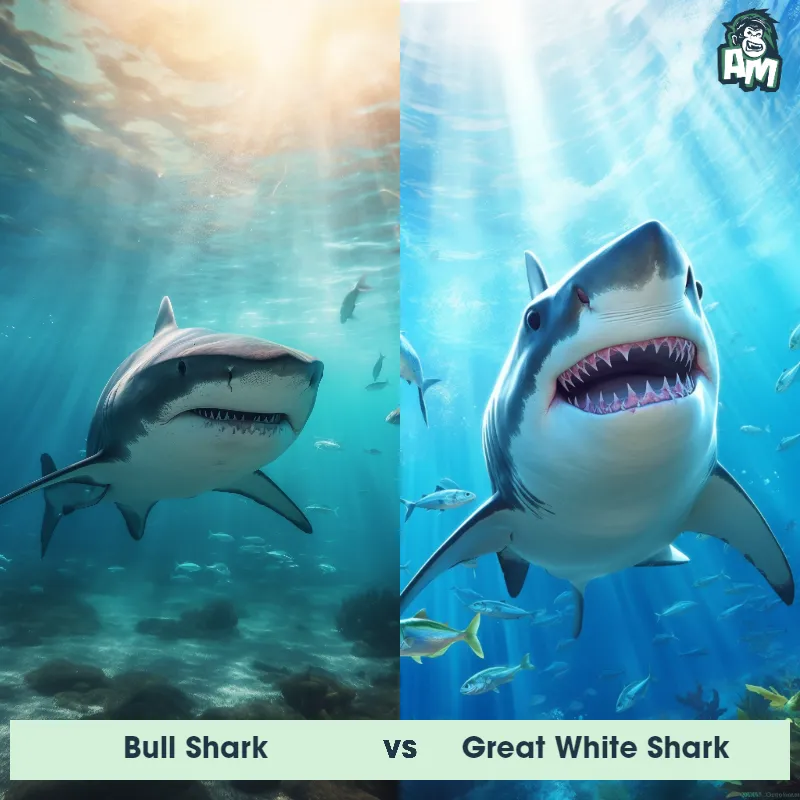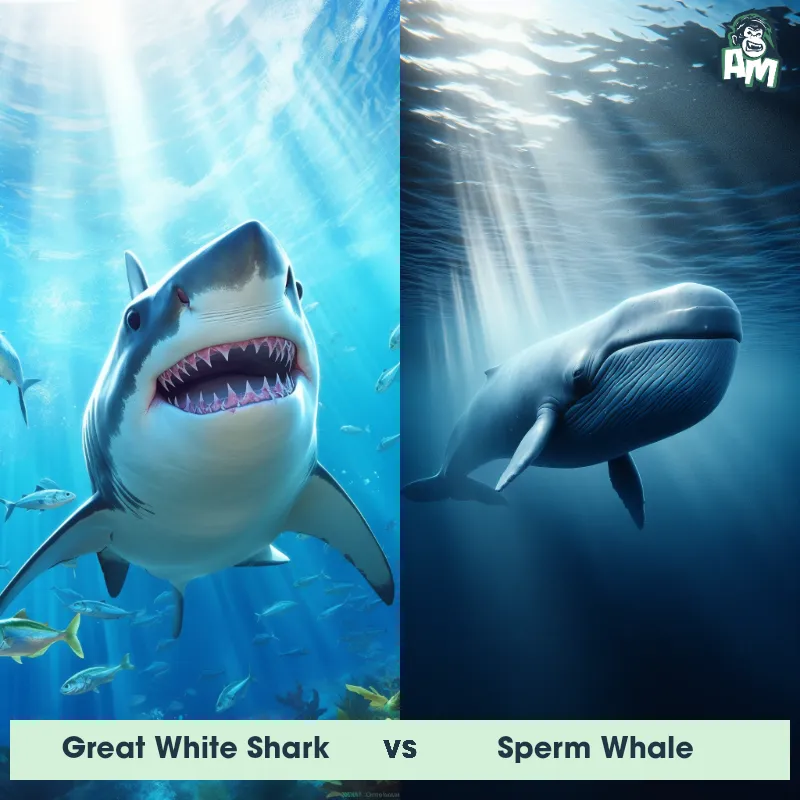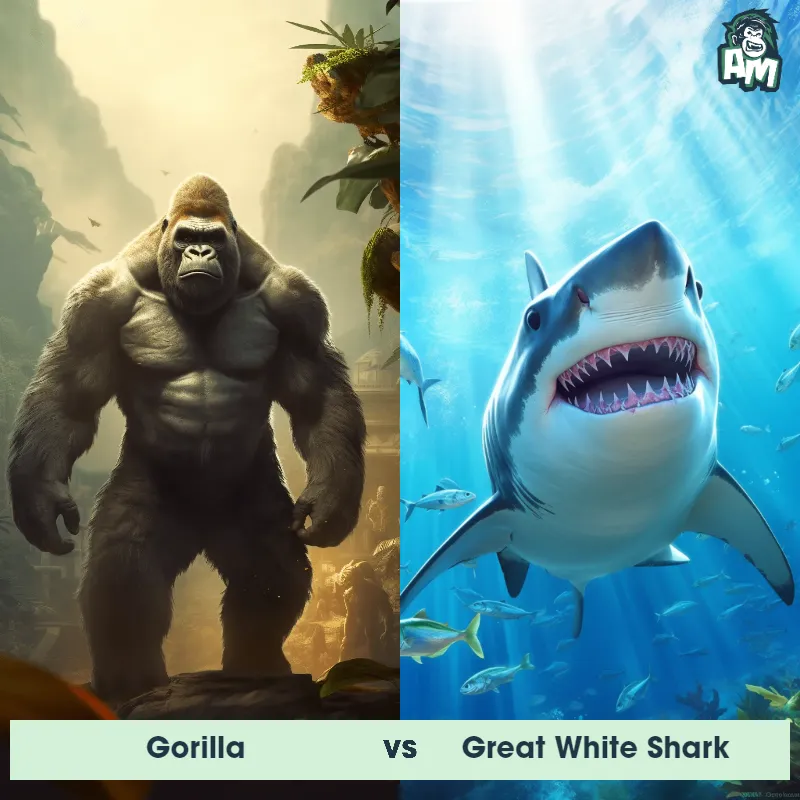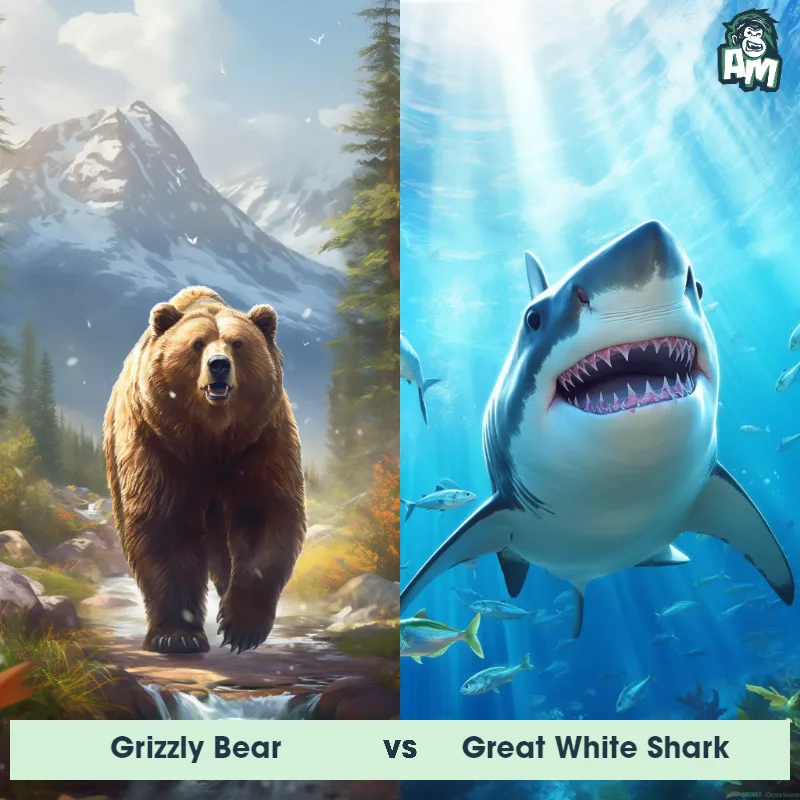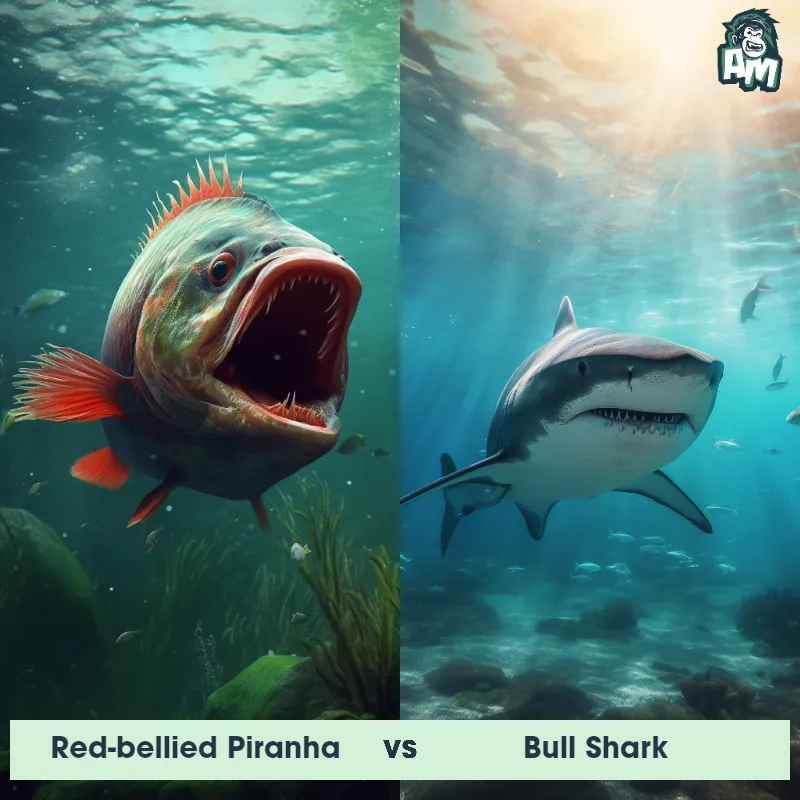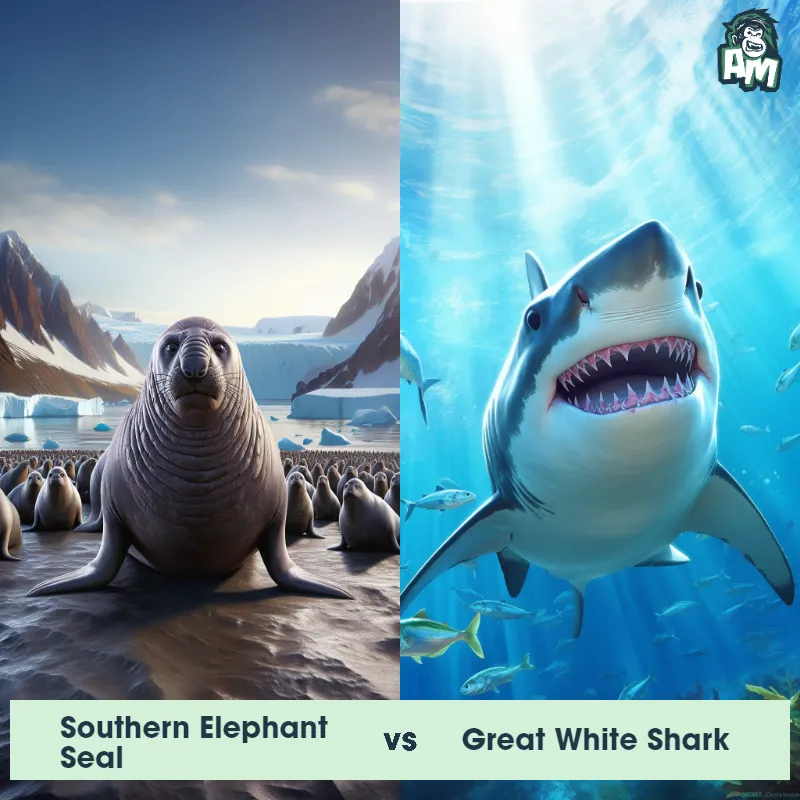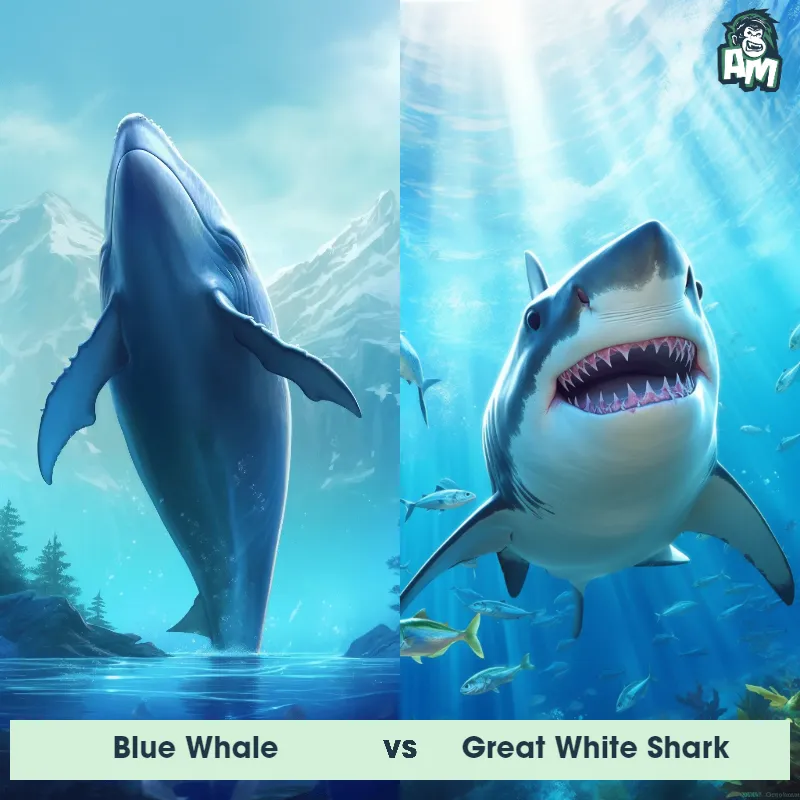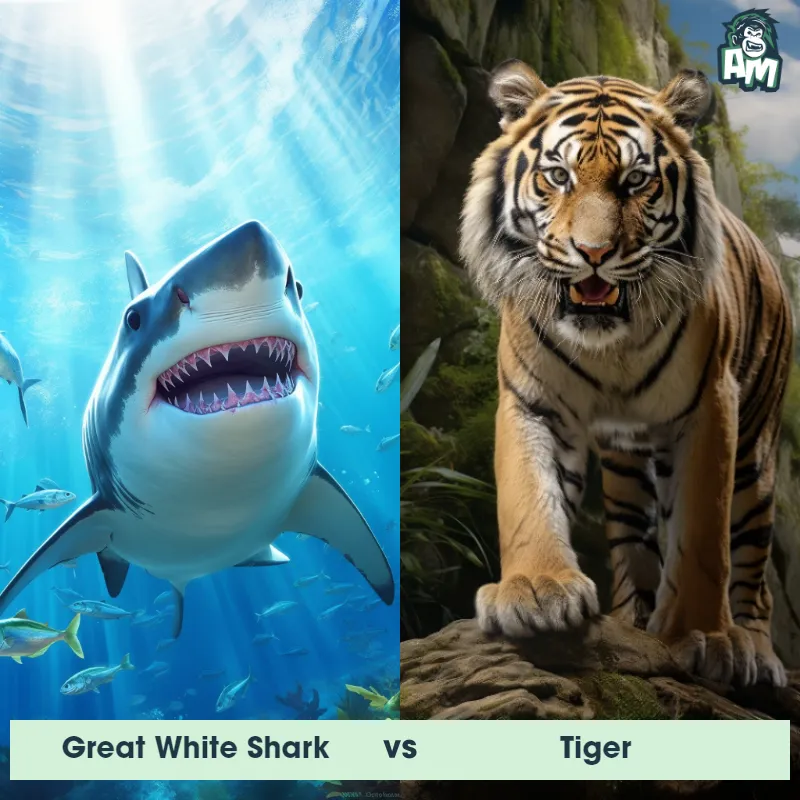Mako Shark vs Blue SharkSee Who Wins
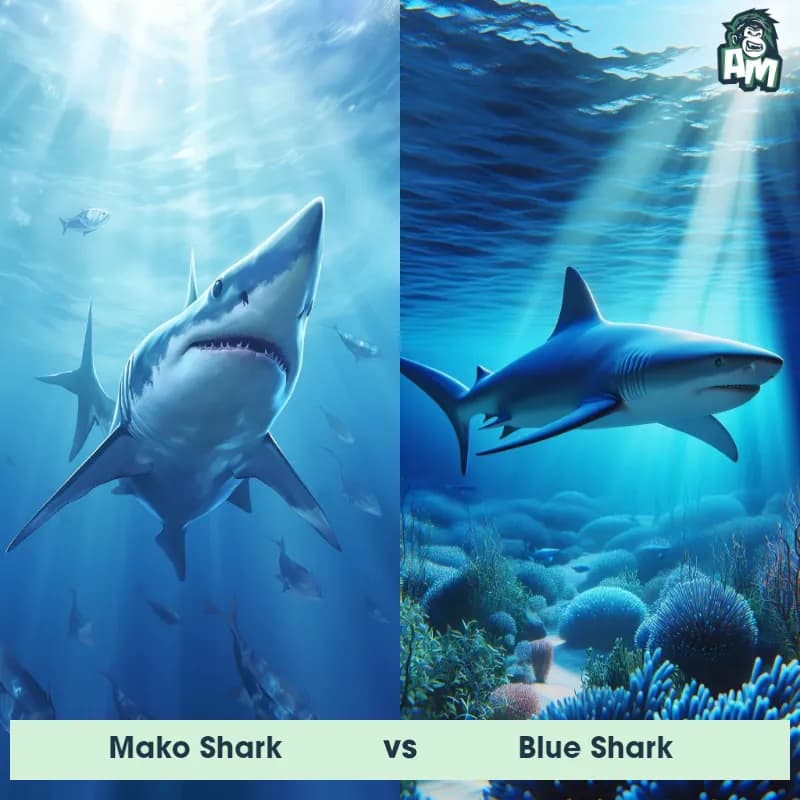
Ladies and gentlemen, welcome to this thrilling matchup between two underwater powerhouses. In the blue corner, we have the fierce Mako Shark, known for its incredible speed and agility. And in the gray corner, we have the mighty Blue Shark, with its impressive size and strength. It's a battle of the ocean titans, so let's dive right in!
Contender 1: Mako Shark
The Mako Shark, also known as the Blue Pointer, is a large and powerful shark species that can grow up to 12 feet in length and weigh over 1,000 pounds. They have a sleek and streamlined body with a pointed snout, large eyes, and a crescent-shaped tail. Their upper body is dark blue while their underbelly is white, which helps them blend in with the ocean's surface and sneak up on their prey. Makos are known for their incredible speed and agility, capable of swimming up to 60 miles per hour and leaping out of the water.
Fun Fact: The Mako Shark is known for its incredible jumping ability, and has been observed leaping up to 20 feet out of the water in pursuit of prey.
Contender 2: Blue Shark
The Blue Shark, also known as Prionace glauca, is a species of mackerel shark that can be found in various oceans around the world. These sharks are known for their slender yet streamlined bodies, enabling them to swim swiftly through the water. They have long, pointed snouts and large, dark eyes. Their bodies are primarily blue in color, hence the name, and they have a white underbelly. Blue Sharks also possess multiple rows of sharp, triangular teeth used for capturing prey. They are known to be highly migratory, often traversing long distances in search of food.
![[object Object] Gif](https://tenor.com/view/blue-shark-boop-gif-4331805278509584479.gif)
Fun Fact: Blue Sharks are known for their impressive hunting abilities, as they can detect even the faintest electrical signals given off by their prey using specialized pores called ampullae of Lorenzini, which are present on their heads. This remarkable electroreception sense allows them to locate their prey even in dark or murky waters.
Matchup Stats
| Mako Shark | Blue Shark | |
|---|---|---|
| Size | Up to 12 feet (3.7 meters) | Up to 12 feet (3.8 meters) |
| Weight | Over 1,000 pounds (454 kilograms) | Up to 400 pounds (180 kilograms) |
| Speed | Speed: 60 mph (96.56 km/hr) | 25 mph (40 km/h) |
| Key Strength | Speed and agility | Strong swimming and agility |
| Biggest Weakness | Vulnerable to exhaustion | Relatively timid and avoids confrontation |
Current Votes
Mako Shark vs Blue Shark
See Who Wins
View More Matches
Looking For More?
Similar Matches
Scientific Stats
| Mako Shark | Blue Shark | |
|---|---|---|
| Scientific Name | Isurus oxyrinchus | Prionace glauca |
| Family | Lamnidae | Carcharhinidae |
| Habitat | Open ocean | Open ocean |
| Geography | Found in temperate and tropical waters worldwide | Various oceans worldwide |
| Diet | Other sharks, tuna, sea turtles, and other large fish | Feeds on fish, squid, and other marine animals |
| Lifespan | 20 years - 30 years | 20 years - 30 years |
Key Differences between Mako Shark and Blue Shark
- Coloration: While both sharks display a blue hue on their backs, the Mako Shark has a distinct metallic blue coloration, often appearing brighter and more vibrant than the Blue Shark, which displays a darker, navy blue color.
- Teeth: One of the key visual differences can be observed in their teeth. The Mako Shark possesses larger, more slender, and pointy teeth compared to the Blue Shark, whose teeth appear flatter, broader, and serrated.
- Tail fin: The Mako Shark possesses a crescent-shaped, slightly lunate tail fin with long, thin lobes, providing it with incredible speed and agility in the water. In contrast, the Blue Shark has a more traditional, slightly curved tail fin, lacking the pronounced lunate shape seen in the Mako Shark.
- Size: The Mako Shark is generally larger than the Blue Shark, with average lengths ranging from 9-13 feet, whereas the Blue Shark usually measures between 6-10 feet in length.
- Fin shape: The Mako Shark features large, triangular-shaped dorsal fins and pectoral fins that are relatively long and narrow, whereas the Blue Shark displays a more slender, long, and curved dorsal fin, as well as proportionally larger pectoral fins.
- Body shape: The Mako Shark has a more streamlined and spindle-shaped body, particularly in its head and snout region, while the Blue Shark exhibits a more elongated and slender body overall.



